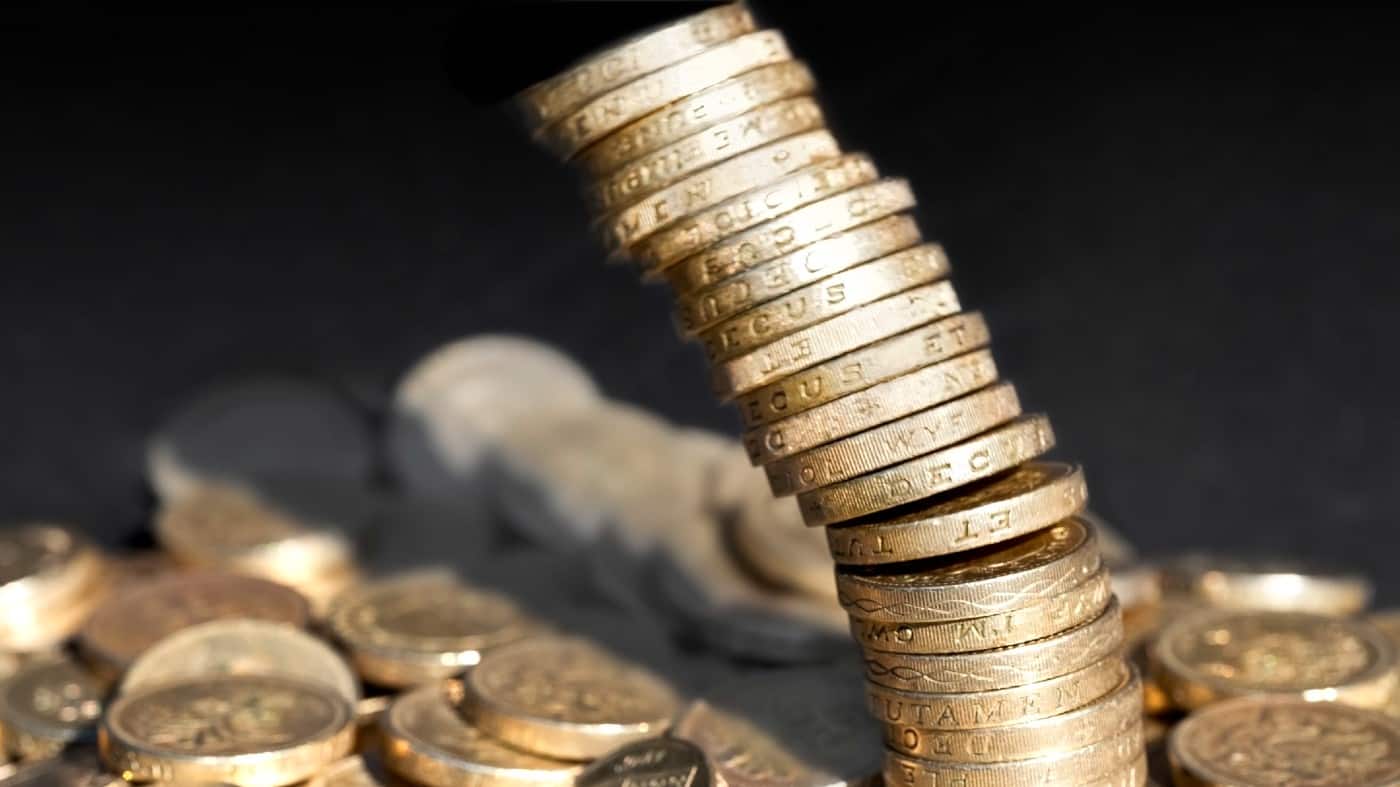Some people work all day – and then work much of the night too. Holding two jobs is one way to earn a second income. But it sounds like very hard work.
An alternative approach to setting up extra income streams is to invest in well-known blue-chip shares and collect dividends from them.
Not only is that approach passive, I could do it without savings or even prior stock market experience. Here’s how!
Dividends as a way to earn income
People earn income, but so do many businesses. What businesses do with the money they earn varies. Some reinvest it in growth, others hoard it for a rainy day. Others share some of it out among shareholders.
Such latter payments are known as dividends. They are never guaranteed and can vary in size. But they can form a substantial second income if enough is earned from them.
Finding shares to buy
As a novice investor, it can be tempting to look at a massive dividend yield and then dream of potential riches.
A yield is the current annual dividend per share expressed as a percentage of the share price. But some shares are yield traps. Earnings could fall and the dividend gets cut. That can be doubly disappointing as an investor. Not only does the dividend dry up, but such a move can lead to the share price collapsing too.
So when looking at a potential dividend share to buy, rather than focus on the yield, I first ask myself a few questions related to the dividend.
Looking for dividend potential
Do I understand the business? Does it have a business model and balance sheet I think could allow it to generate sizeable free cash flows over the long term?
Remember, once I buy the share, I own it until I sell it. If the share price moves up, my holding could be worth more. But a falling share price could mean that, if I sell the share in future, I will get back less than I paid for it.
So even if my eye is on second income potential, I also always consider a company’s valuation before investing. If it is overpriced, a good business might not turn out to be a rewarding investment for me.
Money for nothing
If I make the right choices, hopefully I could build a growing second income based on dividends from my share portfolio. I do not need to do the work – I can leave that to the companies!
Putting aside £6 a day would give me £2,190 a year to invest. If I could earn an average dividend yield of 7%, that ought to earn me over £150 in dividends a year. In the second year, I could do it all again. Over time, as my portfolio size grows, my second income hopefully would too.
I might actually do better. I own FTSE 100 shares that currently yield more than 7%, like Vodafone and M&G.
But before looking at yield, I always first hunt for companies I would like to invest in, at a price I think is attractive.







